ANCIENT MESSENE
Messene officially Ancient Messene, is a local community of the municipal unit Ithomi, of the municipality of Messini wi
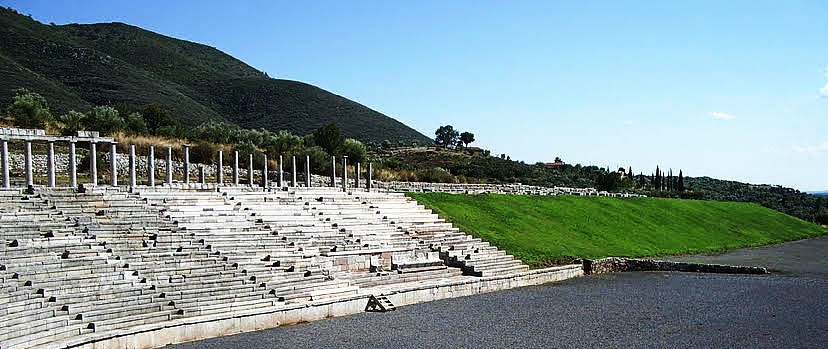
Messene officially Ancient Messene, is a local community of the municipal unit Ithomi, of the municipality of Messini wi

Transfer to Costa Navarino, Kalamata,Pylos, Stoupa, Methoni, Koroni, Kardamili, Gerolimenas, Finikounda, Gialova, Messinia Tour and more.
The Olympic Games were held every four years throughout Classical antiquity, from the 8th century BC to the 4th century AD.[2]
The archaeological site held over 70 significant buildings, and ruins of many of these survive, although the main Temple of Zeus survives only as stones on the ground. The site is a major tourist attraction, and has two museums, one devoted to the ancient and modern games.

Transfer to Costa Navarino, Kalamata,Pylos, Stoupa, Methoni, Koroni, Kardamili, Gerolimenas, Finikounda, Gialova, Messinia Tour and more.
Mystras or Mistras also known as Myzithras in the Chronicle of the Morea, is a fortified town and a former municipality in Laconia

Transfer to Costa Navarino, Kalamata,Pylos, Stoupa, Methoni, Koroni, Kardamili, Gerolimenas, Finikounda, Gialova, Messinia Tour and more.
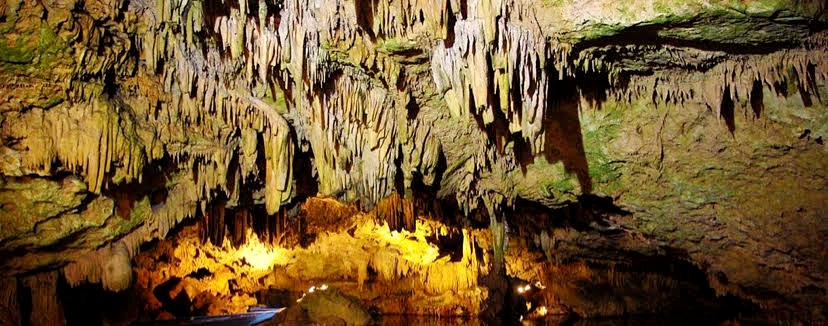
Its existence has been known to the locals since about 1900. In 1949 the founders of the Hellenic Speleological Society, Giannis and Anna Petrocheilou, began to explore it systematically. By 1960, 1,600 meters had been explored and mapped, while today the known length of the cave exceeds 15 kilometers. The first underwater exploration took place in 1970. At one point in the cave the depth reaches about 100 meters. The cave began to form hundreds of thousands of years ago. The stalactites and stalagmites that are now under water formed when the sea surface was much lower than its current level. The water inside is brackish and has a high hardness. Its temperature is about 14 C, while the air ranges from 16 to 19 C.
Fossils of panther, hyena, lion, deer, ferret and the largest hippopotamus deposit in Europe have been found inside the cave. Ceramics suggesting human presence have been found near its natural entrance.
220 m east of Glyfada is the Cave “Alepotrypa”. This Cave contains Petroglyphs.
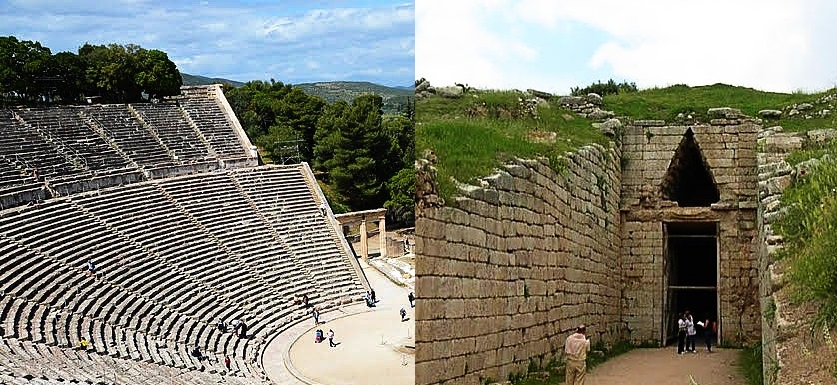
The Ancient Theatre of Epidaurus is a theatre in the Greek city of Epidaurus, located on the southeast end of the sanctuary dedicated to the ancient Greek God of medicine, Asclepius. It is built on the west side of Cynortion Mountain, near modern Lygourio, and belongs to the Epidaurus Municipality. It is considered to be the most perfect ancient Greek theatre with regard to acoustics and aesthetics.
Mycenae is an archaeological site near Mykines in Argolis, north-eastern Peloponnese, Gre

Transfer to Costa Navarino, Kalamata,Pylos, Stoupa, Methoni, Koroni, Kardamili, Gerolimenas, Finikounda, Gialova, Messinia Tour and more.
In the Iliad , Homer cites Kardamili as one of the seven cities offered by Agamemnon to Achilles as a condition to rejoin the fight during the Trojan War. The village preserves its ancient name.
The area is filled with beaches: Ritsa, Belogianni, Salio, Tikla, Amoni, Santava. The older town includes a mediaeval castle and outworks, and the imposing church of Saint Spyridon. Many of the buildings of Old Kardamili, also known as “Pano Kardamili”, or “Upper Kardamili” were built by the Venetians and feature a mix of traditional Greek and Venetian design. The skyline of Kardamyli, like many other Maniot towns and villages, is dominated by the distinctive regional architectural of the various towers built by scions of the Nikliani clans, the mediaeval aristocracy of the Mani.
Stoupa is a village on the coast of the southern Peloponnese peninsula in Greece. It is part of the community of Neochori within the municipal unit of West Mani, in Messenia and the historic region of Mani Peninsula.
Once a sleepy little town, in the past few years more and more tourists have discovered Stoupa. There are about 20 restaurants lining the road along the beach, a few small hotels, and many rental houses. Besides Greek tourists, who come mostly in August, British and German, as well as Dutch, French and Italian tourists visit in the summer season.
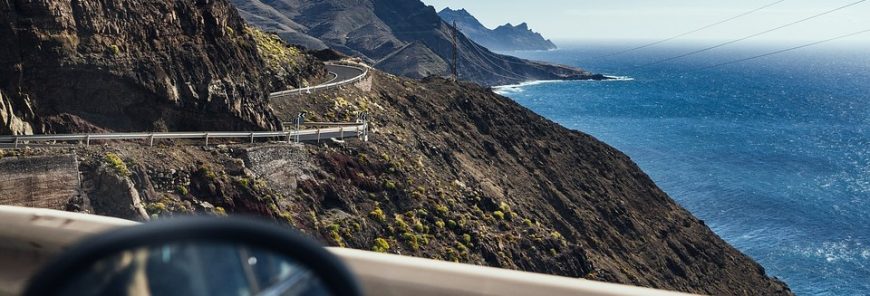
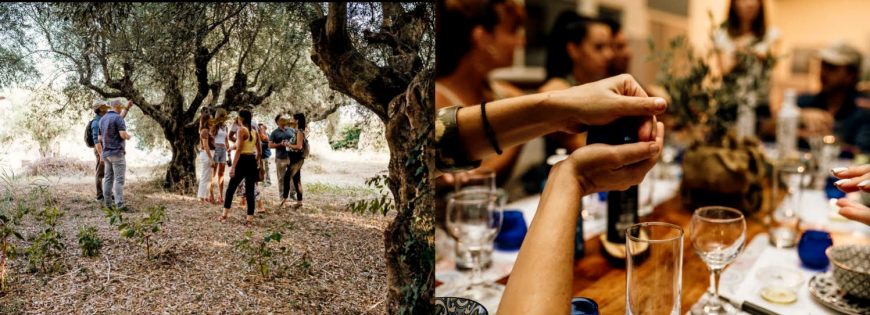
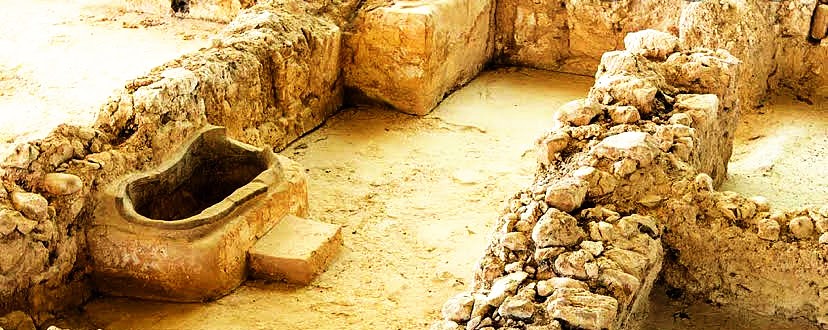
The palace featured in the story of the Trojan War.
The site is the best preserved Mycenaean Greek palace discovered. The palace is the primary structure within a larger Late Helladic era settlement, once probably surrounded by a fortified wall. The palace was a two-storey building with store rooms, workshops, baths, light wells, reception rooms and a sewage system.
The settlement had been long occupied with most artifacts discovered dating from 1300 BC. The palace complex was destroyed by fire around 1200 BC.
In June 2016 the site re-opened to the public after the roof was replaced by a modern structure with raised walkways for visitors.

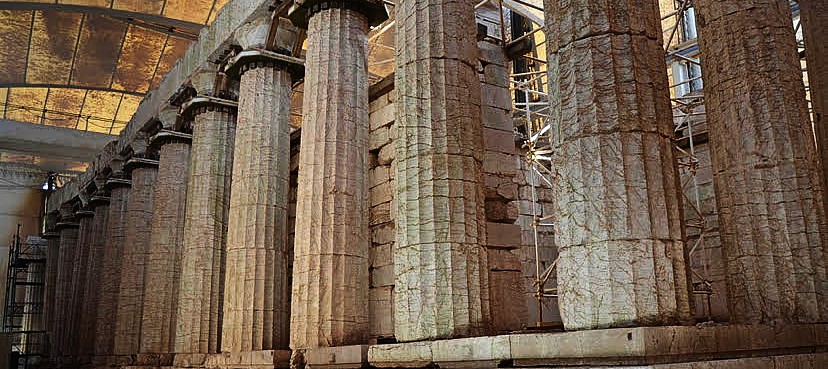
Although this temple is geographically remote from major polities of ancient Greece, it is one of the most studied ancient Greek temples because of its multitude of unusual features. Bassae was the first Greek site to be inscribed on the World Heritage List.